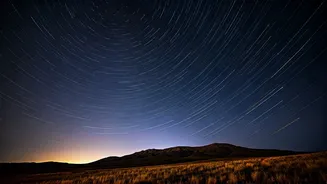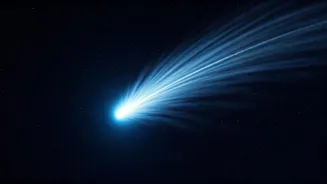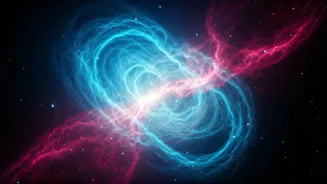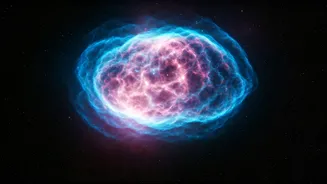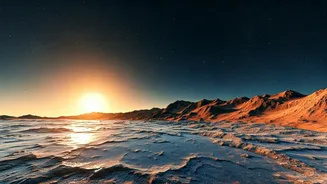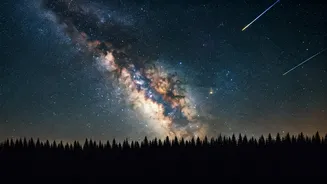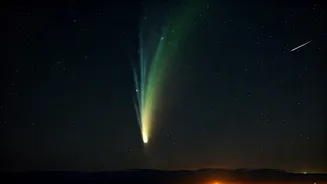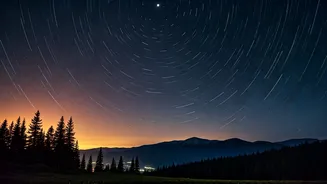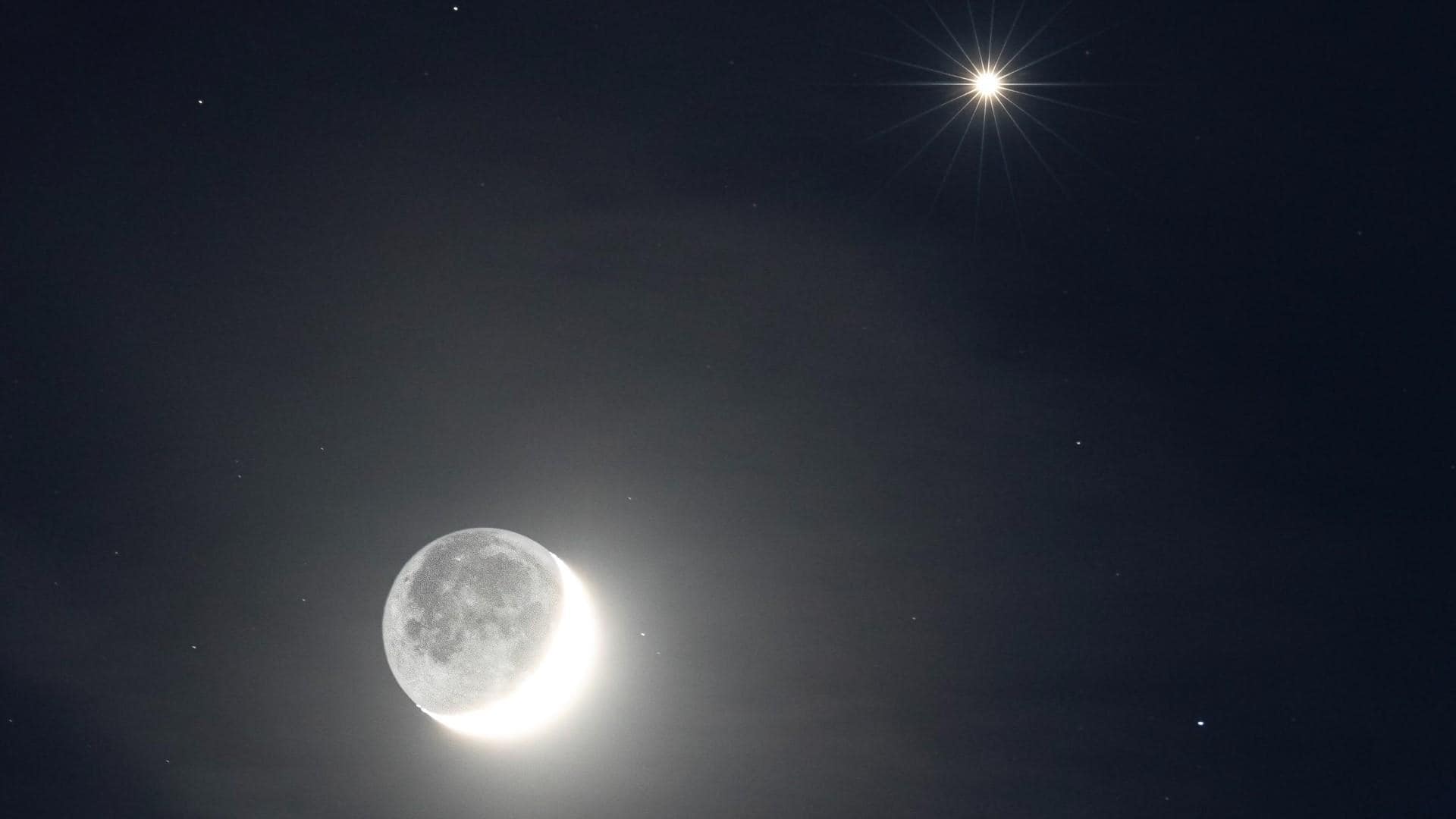Perseid Meteor Shower
The Perseid meteor shower, a highlight of the year, reached its peak on August 12-13, 2025. It promised a dazzling display of shooting stars, offering
a spectacular cosmic show for observers. The shower is renowned for its high activity, often producing a large number of meteors per hour under ideal viewing conditions. This year, skywatchers were excited, and those who looked up were treated to one of nature's most beautiful light shows. It is caused by Earth's passage through the debris left by Comet Swift-Tuttle. This event is typically best viewed after midnight, when the radiant point (the area in the sky where the meteors appear to originate) is high in the sky. Observing it requires minimal equipment, often only a clear night sky and patience. Light pollution should be avoided; the darker the location, the better the view. This event, being a yearly occurrence, gives enthusiasts multiple chances to observe these meteors.
Orionid Meteor Shower
The Orionid meteor shower was another key event, peaking on October 21, 2025. This shower is connected to Halley's Comet and is known for producing swift and bright meteors. The Orionids often offer an impressive display, with a reasonable meteor rate per hour. The absence of moonlight enhances visibility, making this a prime opportunity for skywatchers. The shower's radiant point lies in the constellation Orion, a recognizable landmark in the night sky. The optimal viewing time for the Orionids is typically after midnight, when the radiant is high in the sky. To enhance your viewing, locate a dark location away from city lights and allow your eyes to adjust to the darkness for at least 20-30 minutes. This increases your chances of spotting fainter meteors. This event, being a yearly occurrence, gives enthusiasts multiple chances to observe these meteors. The Orionid meteor shower also offers a fascinating opportunity to connect with celestial objects linked to well-known comets, providing an extra layer of engagement for astronomy enthusiasts.
Draconid Meteor Shower
The Draconid meteor shower had its peak on the mentioned date. The Draconids differ from many other showers because they are best viewed in the early evening, shortly after nightfall. This shower, though less prolific than some others, can still provide a good show, especially under dark sky conditions. The meteors appear to radiate from the constellation Draco, making it relatively easy to locate the source of the shooting stars. For best viewing, find a location away from bright lights. This meteor shower is linked to the comet 21P/Giacobini-Zinner. Although the Draconids may not be as consistently spectacular as others, its unique viewing time makes it a valuable addition to the meteor shower calendar. The Draconids offer skywatchers an alternative viewing experience. This event, being a yearly occurrence, gives enthusiasts multiple chances to observe these meteors.
September Epsilon Perseids
The September Epsilon Perseids meteor shower peaked predawn on September 9. This shower represents a continuation of celestial events throughout the year. The Epsilon Perseids are generally less prominent than the Perseids but still present a valuable viewing opportunity for enthusiasts. Like other meteor showers, a dark sky location and patience are the main requirements for observing it. Details on the shower's visibility were often available through various astronomical resources. This event, being a yearly occurrence, gives enthusiasts multiple chances to observe these meteors. Enthusiasts often track the Epsilon Perseids, as it provides a valuable opportunity to appreciate the continuous presence of meteor showers throughout the year. The predawn timing and visibility conditions play a crucial role in maximizing the viewing experience.
Delta Aurigid Shower
The Delta Aurigid meteor shower peaked on August 31, 2025. This shower, being less well-known, provided another opportunity for those seeking to witness shooting stars. The meteor shower's radiant is found in the constellation Auriga. The Delta Aurigids were expected to offer a less intense but still visible display. For effective viewing, escaping city lights and giving your eyes time to adjust to darkness were recommended. This event, being a yearly occurrence, gives enthusiasts multiple chances to observe these meteors. The Delta Aurigid meteor shower demonstrates the richness of events occurring throughout the year, even in the late summer. Enthusiasts look for these less prominent showers to appreciate the variety of meteor events. They offer a great chance to refine viewing skills and observe shooting stars.
